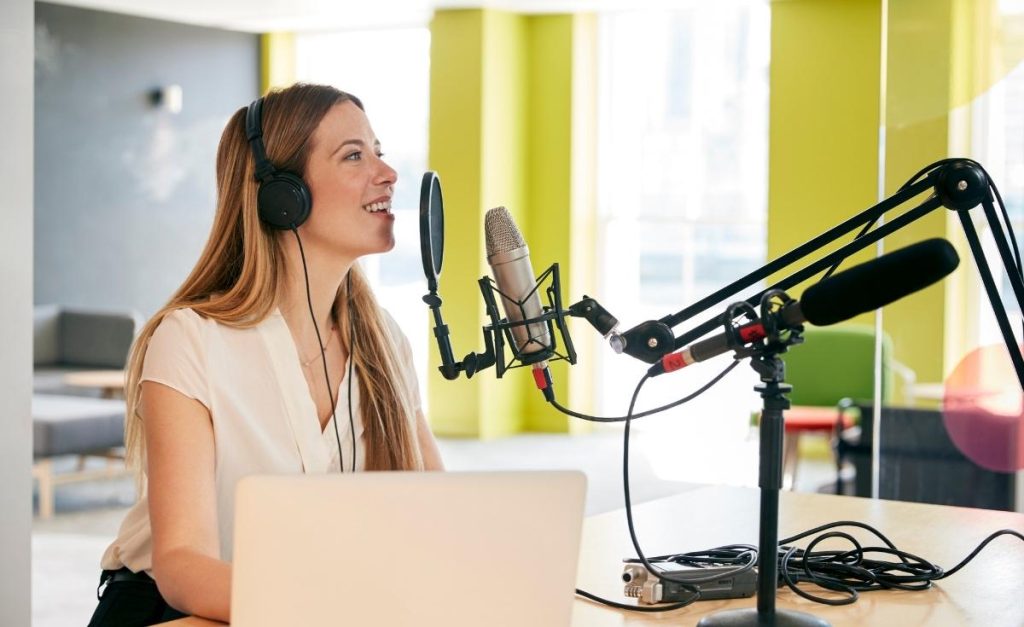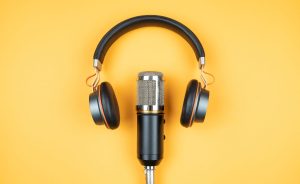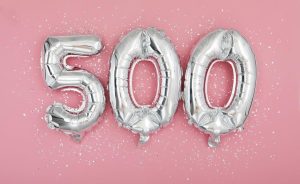
Looking for a content marketing boost for your business? Podcasting is more popular than ever, and more and more listeners are discovering new favorite shows.
I love podcasting because it gives you all the SEO benefits of a blog, without requiring stellar writing skills (perfect for the grammatically challenged, in other words). Plus, podcasts offer a level of “know, like, and trust” that you just can’t get with written content alone.
After all, a podcast feels more like a conversation and less like reading a news article. Even email marketing (which you know I love) doesn’t offer the same level of connection a podcast can.
But podcasts require a bit more intention and planning than a blog does. For one thing, there’s additional technology to consider, distribution channels to navigate, file hosting to worry about, and that’s before you ever record your first episode.
Today I’m sharing how I started my podcast, some mistakes I made along the way (and what I think I got right), plus I have a plan you can follow if you’re interested in starting your own show.
Prefer a transcript? Here you go!
What you’ll learn in this episode:
- How I decided on the format for my podcast
- Why I wanted to have loads of episode ideas before starting
- What I’d do differently if I were starting a podcast today
- Why it’s important to have good audio quality (but it doesn’t have to be perfect)
- My personal recording and publishing schedule
- Eight steps to follow to launch your own show
Resources mentioned:
- Amy Porterfield’s Online Marketing Made Easy is one of my favorite shows. I never miss an episode.
- The Life Coach School with Brooke Castillo isn’t just for life coaches. There’s plenty of savvy business and life advice, too.
- Michael Hyatt’s Lead to Win is for anyone who wants to be a better business leader.
- The Membership Geeks podcast is all about starting and running an online membership.
- AudioTechnica ATR 2100 is the microphone I use and recommend.
- Focusrite Scarlett audio interface offers a slightly better quality than a simple USB connection will.
- Libsyn is the media host I use for the podcast.
- Zoom is useful for interview shows.
- Christina Lemmy set up the tech side for me.
- Noota.io is the transcript tool we use now.
- Descript looks interesting, but I haven’t tried it yet.
- How to Use Time Blocking to Get Stuff Done details the strategy I’ve been using for years to stay on top of my commitments.
- Igor Mihajlović Bucin does my podcast editing.




